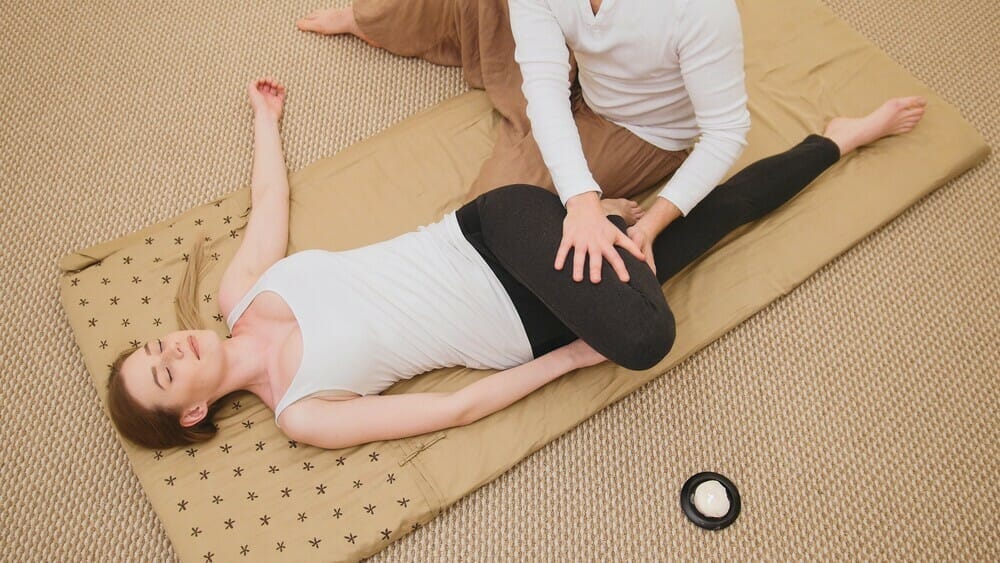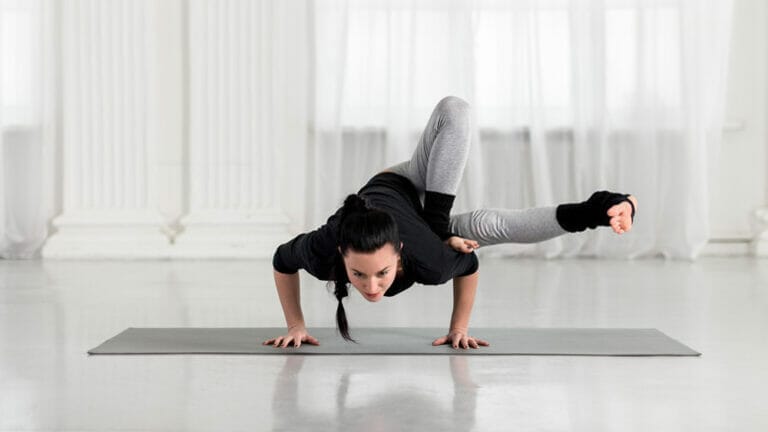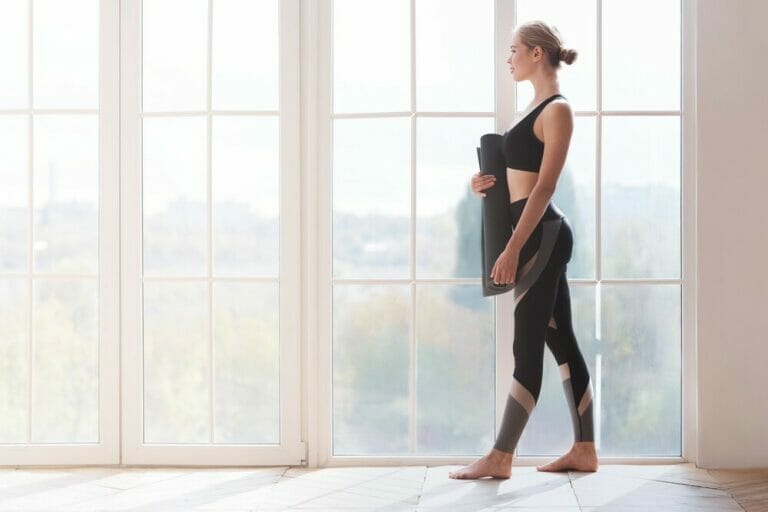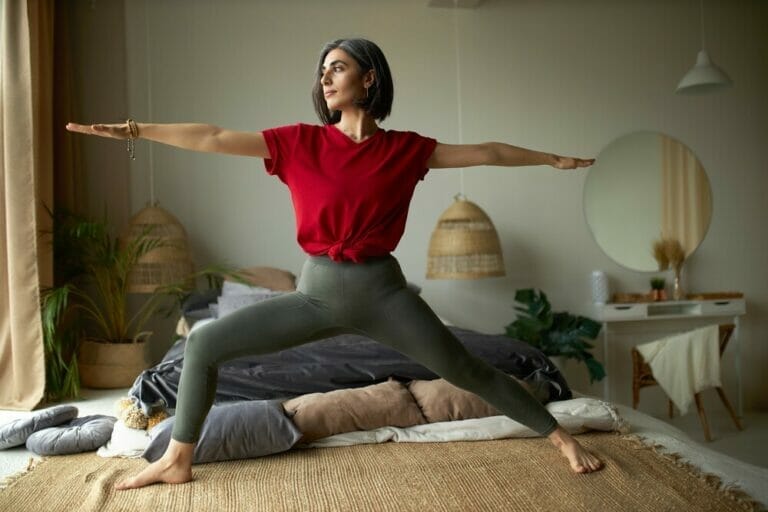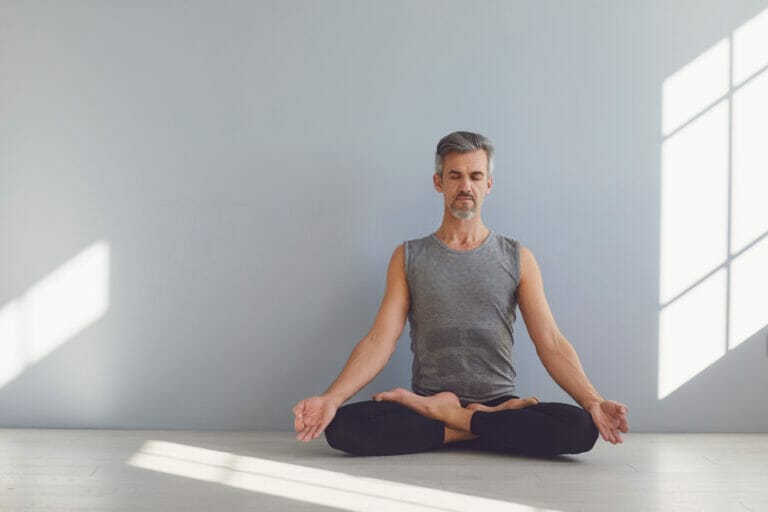Suffering From Knock Knees – Yoga Can Help You Out
Yoga is highly effective for knock knees which is a condition of poor knee alignment.
It affects the upper leg area, including the femur and tibia leg bones, plus related muscles and ligaments. It may also lead to knee pain, arthritis and exercise-related injuries.
Using yoga postures consistently can help you retrain your muscles and improve your overall functioning by combining them with physical therapy. But, do not forget to consult with your physician first.
This article will discuss the knock knees treatment by yoga and its benefits. The excess strain upon the inner knee tissue combined with undue pressure placed upon the lateral cartridge causes overstretched inner knee tissue.
Facts
The most common cause of knock knees is osteoarthritis. Excess strain on the inner knee tissue is caused by the extra pressure placed on the lateral cartilage causing overstretched inner knee tissue; it forms the condition of knock knees, or knees that bend inward.
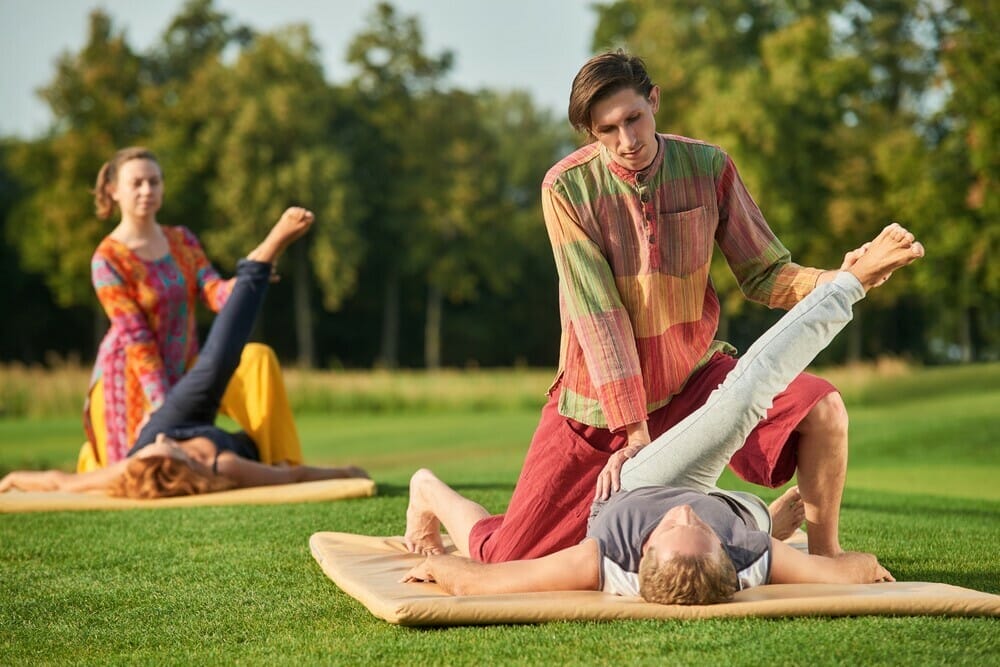
When you utilise yoga for knock knees, it may help you with the following:
- Yoga improves the flexibility of the muscles, tendons and ligaments that surround the knee.
- Yoga helps protect against injury by strengthening and improving the knee joint capsule, ligaments and tendons.
- Yoga can prevent the condition of knock knees episodes when practised regularly.
- To efficiently treat knock knees, one must keep in mind that knee alignment is essential for efficient movement of the ankle, so it is necessary to align your swelling knee with your healthy ankle.
Considerations
Even if it’s not in a yoga studio, consider practising yoga for knock-knees even when outside. Increase your yoga awareness by paying attention to how you perform everyday activities such as climbing and descending stairs, stepping up or down, walking and balance poses.
Stay hydrated by drinking plenty of water during your yoga session. Hydration is essential for keeping your body joints lubricated.
Yoga Poses for Knock Knee treatment.
Yoga for knock knees treatment is beneficial since it improves healthy knee joint movement and prevents future episodes of knock knees.
Virabhadra asana I or the Warrior Posture I
It is a good hip opener and also stretches the inner thigh and knee. The rising energy in this pose stimulates circulation and improves blood flow to the knee. The lying leg brings the heart closer to the chest, which promotes healing energy.
Raising the arms raises your heart rate and facilitates deep breathing that assists with clearing stale air from your lungs or blood vessels that have become clogged or narrowed due to the lack of oxygen circulated through them.
Virabhadra asana II or the Warrior Affectedness II
This asana helps to strengthen your endurance and stimulates the muscles in your tum. In addition, this pose helps to interact with carpal tunnel syndrome problems, knock knees, white feet, osteoporosis, infertility, and sciatic nerve pain.
Utthita Hasta Padangusthasana I (Extended Hand to Big Toe Pose I)
It is an excellent hip opener. It also stretches the inner thigh, knee and knee cap. Hanging in this pose helps extend the hamstrings and strengthens the hip flexor, quadriceps muscles and the muscles of the side of your torso.
It works best if you limber up before you start practising the yoga poses to warm up your muscles, release or relax your mind and stretch your legs or lower back.
Ardha Chandrasana (Half moon pose)
This pose is good for regulating blood flow to your lower limbs, including knees. For people with knock knees, practising this pose will strengthen your thigh muscles so they can absorb less strain when walking or running.
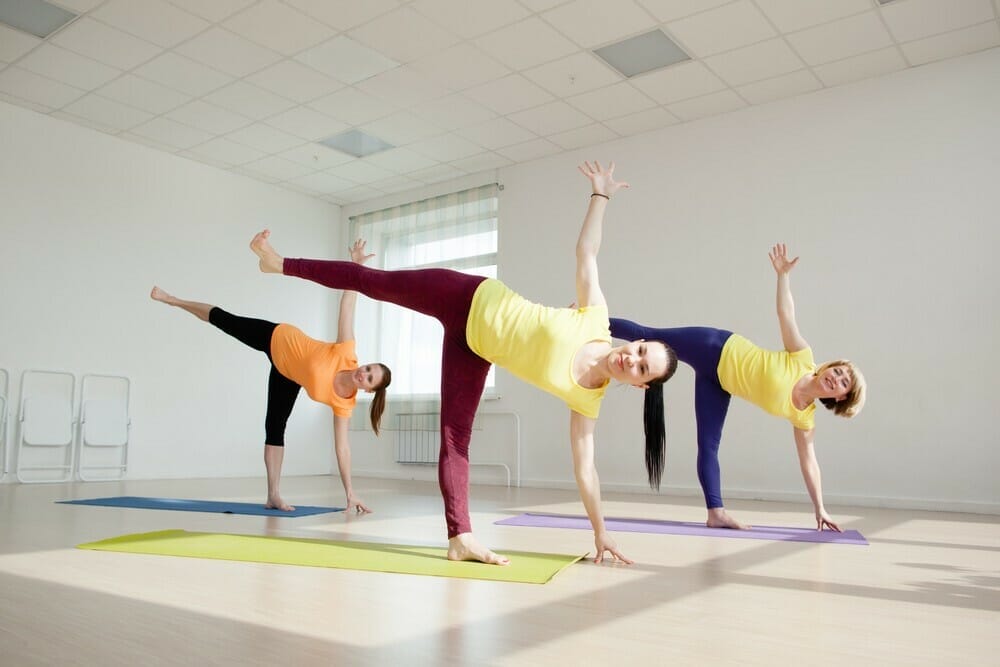
Likewise, it improves coordination and reflexes. Exercises that stretch the spine build muscle strength in the paraspinal muscles. These muscles hold up your spine and keep it flexible.
Trikonasana (lateral bending pose)
It strengthens the muscles in your inner thigh, knee, inner leg and foot. This pose also stretches your hamstrings and quadriceps.
This posture or pose may increase your leg's capacity and ability to support the weight of the human body, as well as strengthen your knees. In addition, it releases rigidity from your muscles, easing knock knees.
Salabhasana (Locust Pose)
This posture helps to improve the blood circulation in your legs, which helps treat leg cramps. It is a posture that also strengthens your back and spine. Practising salabhasana also has a warming effect on your body.
It strengthens the inner thigh, hip flexors and quadriceps. It also eases stiff shoulders and tight chest muscles.
This pose is good for the general state of your back and helps you to breathe deeply and profoundly.
Adho Mukha Bharadvajasana (Downward Facing Dog Pose)
It stretches the inner leg, knee cap and cartilage of the knee joint. This pose also improves your posture, helps relieve stress on your chest, shoulders and mind. It also gently stretches the spine.
Trikonasana (Triangle posture)
It strengthens your inner thigh, hip flexors, quadriceps and chest muscles. It also stretches the inner leg, knee cap and cartilage of the knee joint. In addition, this posture is good for stretching your hip flexor muscles.
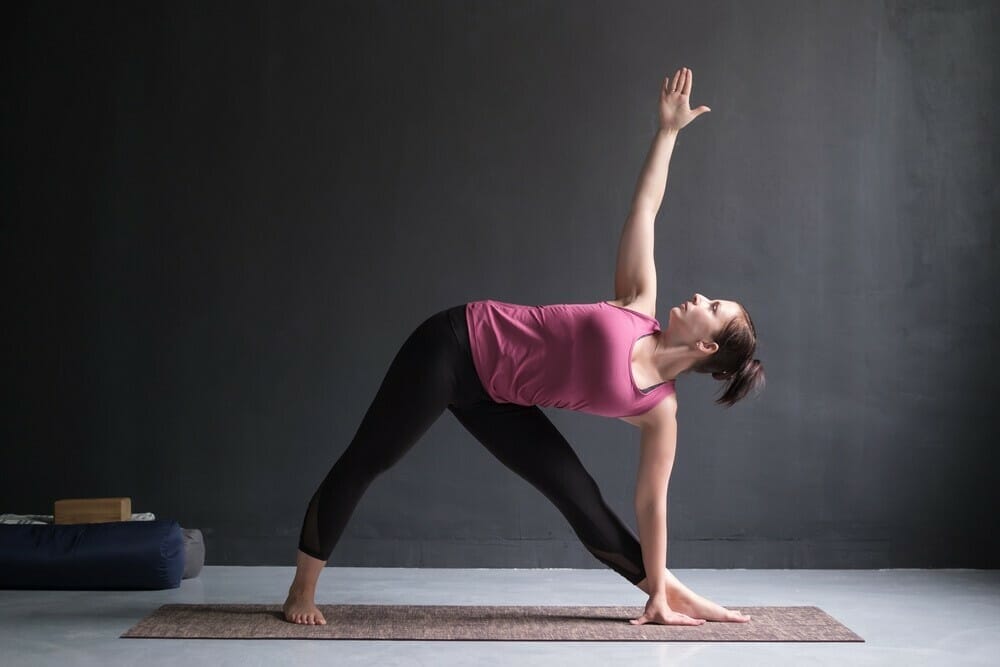
Conclusion
Yoga practice can both relieve pain and prevent it from becoming too severe. In addition, yoga improves overall health by providing a full-body workout and improving posture, increasing flexibility and reducing fatigue.
To successfully use yoga for knock knees, you must keep breathing profoundly and deeply. Do not hold your breath during the poses – be mindful of your breathing – breathe in deeply before entering a pose and breathe out fully when exiting one pose to another.
Always pay close attention to your body during both sitting and standing yoga poses.
You should avoid overexerting yourself, leading to injuries. I hope you find the above information helpful with achieving your goal of having straighter knees.

